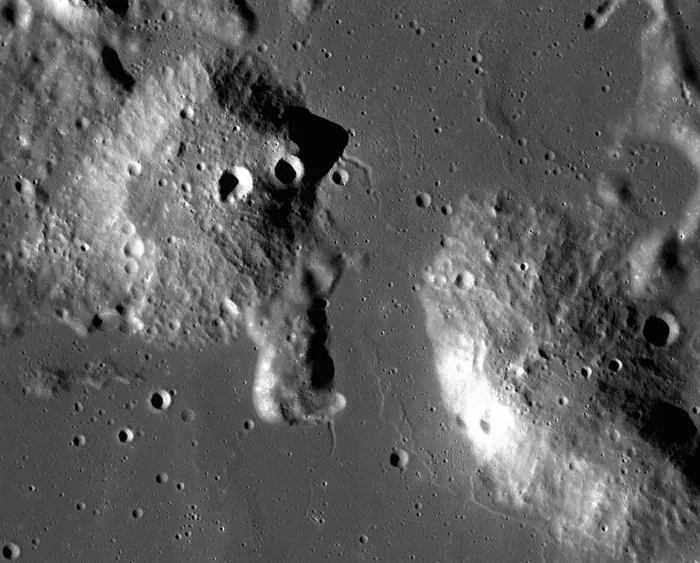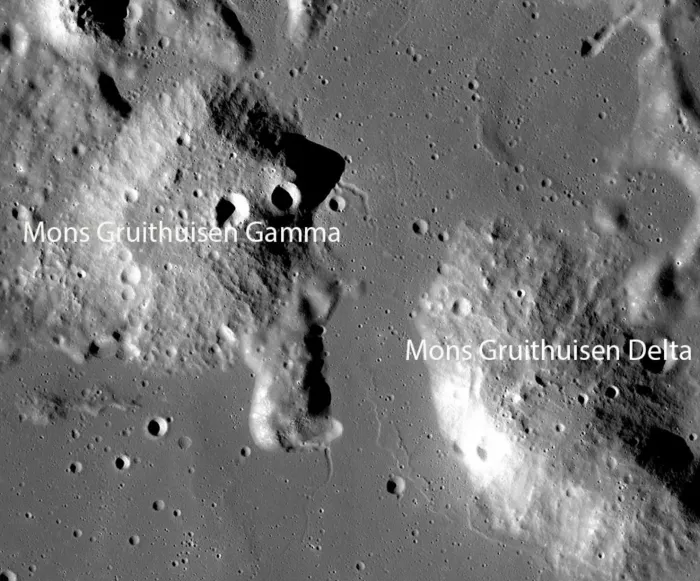NASA has a major lunar exploration program under the Artemis program Although one of the main goals is to send astronauts to establish the first long-term existence on the moon and understand the necessary conditions for sending the first astronauts to Mars, there are also many scientific investigations on the agenda.
In fact, the list is growing because NASA has just selected two new instruments for priority Artemis science on the moon. One of them is called lunar Vulkan imaging and spectroscopy probe (lunar vise), whose goal is to explore the mysterious gruithuisen crater. What puzzles scientists about these geological features is that they seem to be formed by magma rich in silicon dioxide, whose composition is similar to that of granite.

Siliceous volcanoes on earth are usually formed in the presence of water and plate tectonics. How did these siliceous magma form on the moon? The two payloads will be transported to the lunar surface in future flights through NASA's commercial lunar payload service (CLPs) program, which is part of the agency's larger lunar exploration architecture for this decade. The two selected studies will address important scientific issues related to the moon. The first project will study the geological process of early planetary bodies preserved on the moon by investigating a rare lunar volcanic activity. The second will study the impact of the low gravity and radiation environment of the moon on yeast, a model organism used to understand DNA damage response and repair.

The lunar Vulkan imaging and spectroscopy probe (lunar vise) survey consists of a set of five instruments, two of which will be installed on a fixed lander and three on a mobile rover, which will be serviced by CLPs suppliers. During the exploration of 10 Earth days (one moon day), lunar vise will explore the top of one of the gruithuisen craters. These craters are suspected to be formed by viscous magma rich in silica, and their composition is similar to that of granite. On the earth, such structures need ocean and plate tectonics with liquid water to form, but there are no such key factors on the moon. Lunar scientists have been thinking about how these domes formed and evolved over time.
By analyzing the lunar rocks on these craters, the data collected and returned by lunar vise instruments will help scientists answer the basic questions about these formations. These data will also help provide information for future robotic and human missions to the moon.